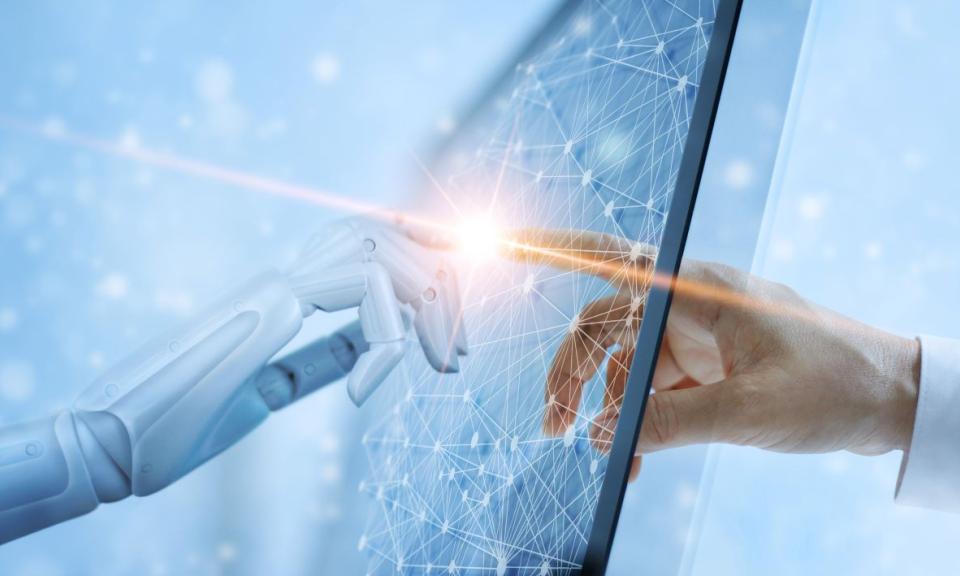
An emergent area of inquiry at the intersection of management theory and computer science is that of hybrid intelligence where human and artificial intelligence work in close synergy with each other. This AI+Human intelligence is able to provision activities that are not conducted as effectively either by machines alone or by people alone.
Shifting mindset at scale
Synthesis of feedback loops between human and AI can deliver mindset shift at scale, solving one of the biggest and most intractable obstacles to implementation of digital transformation.
Accelerating reskilling/upskilling
In order to keep pace with the digital revolution, companies and individuals need to reshape their skillsets and knowledge at ever-accelerating rates. AI+Human technologies have been demonstrated to dramatically improve learning outcomes, but this is a nascent area of academic inquiry and requires more, and more rigorous, applied reseach. The urgency is real as over $400 billion annually is spent on professional education and much of it fails to deliver the desired outcomes.
Managing new kinds of organisational structures
Increasing complexity of scale, scope, and speed needed to make decisions creates an imperative for new organisational structures - but the “command staff” model of organisation may not be fully capable of coping with the decision requirements around these new organisational structures. AI+Human technologies can potentially augment the capacity of managers to make not only rapid decisions, but the right decisions, and coordinate activity across multiple geographies and loci of activity.
Predicting future events via collective intelligence
To drive a more nimble firm, managers would benefit from the ability to more clearly see into the future. With Human+AI systems, initial research has already shown the ability to generate accurate predictions of certain kinds of future outcomes. Tying this capability into new methods of organizational management could help the digital firm of the future to predict and more rapidly respond to new threats and new opportunities.